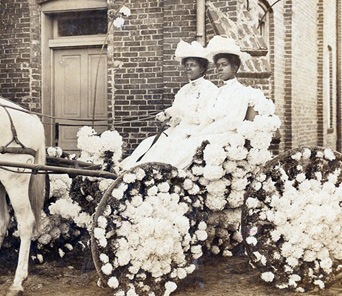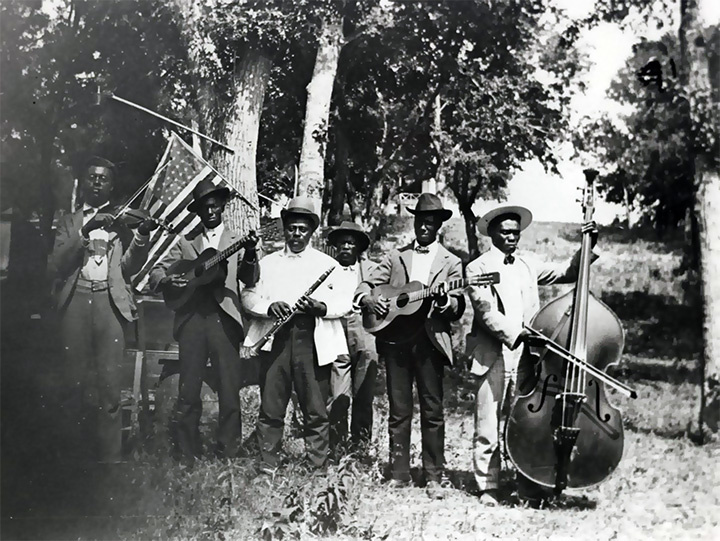Juneteenth – America’s Other Independence Day
Celebrating diversity means understanding attitudes of African Americans toward hospice
Everyone knows that July 4th is America’s birthday – the day set aside to celebrate the signing of the Declaration of Independence; the day when American colonists threw off their oppressive British royal shackles to create a new nation where “all men are created equal.”
Well, not everybody.
It would take another 89 years before nearly four million African-American slaves finally would have their own taste of freedom. And it might surprise you to find out that freedom didn’t necessarily come at the end of the Civil War.
Juneteenth is Born
On June 19, 1865, two months after Lee’s surrender at Appomattox, Union Gen. Gordon Granger, now commander of the defeated Confederate state of Texas, read aloud to a crowd in Galveston General Order No. 3, which stated: “The people of Texas are informed that, in accordance with a proclamation of the United States, all slaves are free.”
With slavery officially dead, spontaneous celebrations erupted among the newly freed African American populace. Juneteenth was born.
In the years that followed, many African-American communities adopted Juneteenth as their own holiday and celebrated freedom with picnics, church gatherings and community events.

Martha and Pinkie Yates in a buggy decorated for Juneteenth, Houston Library
While all Americans can join in celebrating America’s freedom on July 4th, it’s not difficult to appreciate why many African American citizens still look upon Juneteenth as a special day to celebrate both the Declaration of Independence and the Emancipation Proclamation (1863).

Music was integral to Juneteenth, Houston Public Library
The Juneteenth-Hospice Connection
America is often called a melting pot. It is an amazingly diverse country comprised of people with a myriad of religious backgrounds, races, cultures, customs, languages and lifestyles.
As hospice and palliative care providers, part of our everyday challenge is to understand how these different perspectives may affect individuals’ or families’ attitudes toward illness, pain, coping and death. It is important to appreciate why these attitudes are held, because they often have a direct impact on openness to explore hospice and other treatment options. [See our Culture Connection series for more on this important topic.]
For example, statistics show that in 2014, only 7.6% of patients on hospice are African-Americans, although they make up 12% of the U.S. population. Ironically, African-Americans exhibit a disproportionately higher rate of cancer and heart disease, which are among the top hospice diagnoses.
There are several reasons for this apparent contradiction. According to studies,
- African-American families as a rule tend to be more wary of the American health system.
- Medical decisions are made within the family, so there may be reluctance to reach out to new healthcare professionals or to have an unknown person in the home.
- African Americans avoid hospice as they tend to be reluctant to agree to the withdrawal of life prolonging procedures such as tube feeding, organ donation, and palliative care in the hospice setting–aggressive care is desirable.
After all, Juneteenth showed us that historically, solutions can come later for African Americans.
Honoring Differences
Part of our goal as a hospice provider is to help educate patients, families and healthcare professionals about the benefits that hospice offers. When discussing options with families, our healthcare professionals know it’s important to keep in mind that different people will probably have different attitudes or preconceptions. Understanding the reasons behind these perspectives is vital to helping patients and families make treatment decisions that are most appropriate for their individual situations.
Much the like Juneteenth holiday, once we understand the history, we can better appreciate and honor the attitudes and perspectives that shape people’s choices and actions.
Sources:
Journal of Hospice and Palliative Nursing. 2013;15(3):136-144.
Barriers in Hospice Use Among African Americans With Cancer
Racial and Ethnic Disparities in Palliative Care
Journal of Palliative Medicine. 2013;15(11);1329-1334
A Racial Gap in Attitudes Toward Hospice Care
New York Times, 2015-Aug-21.




